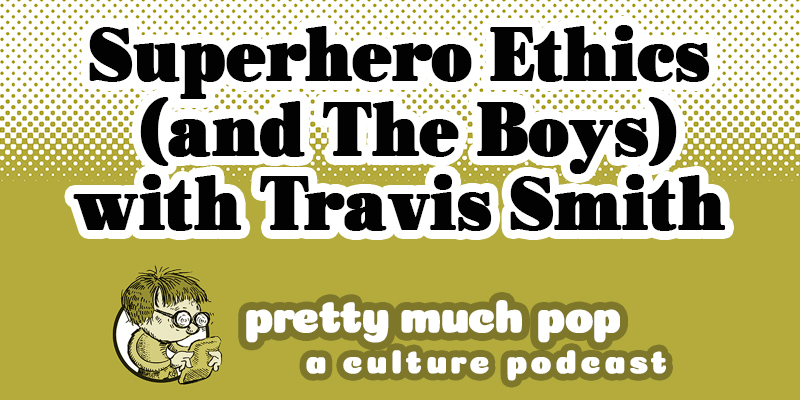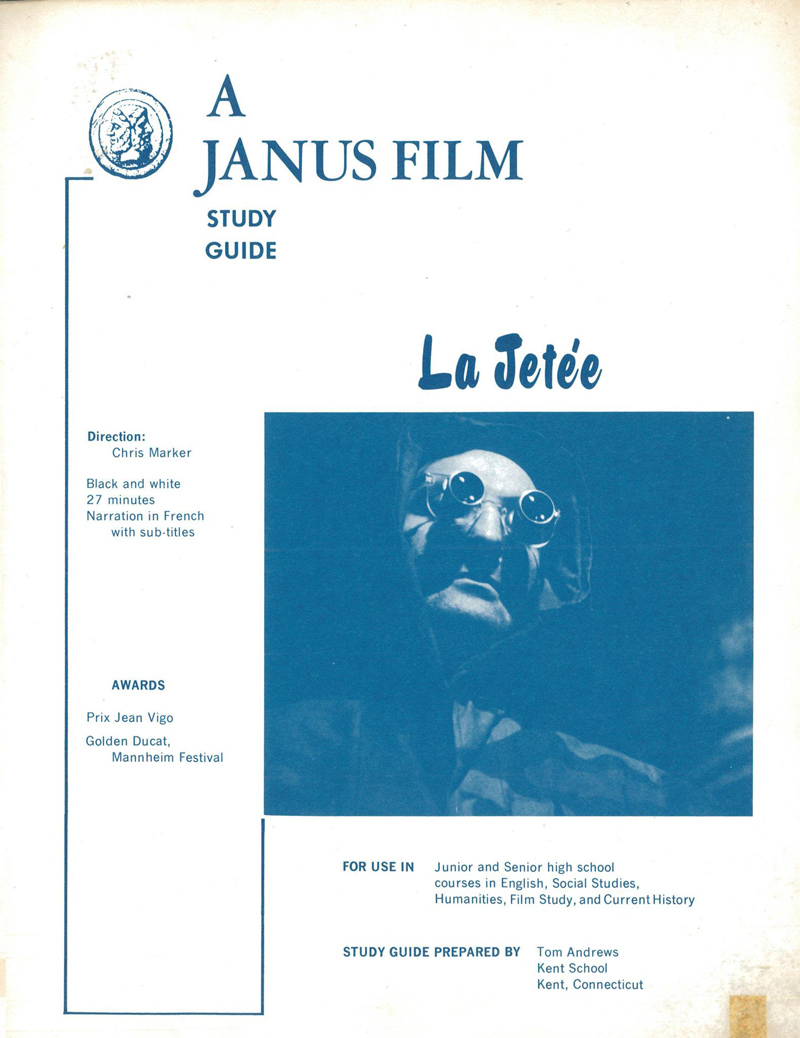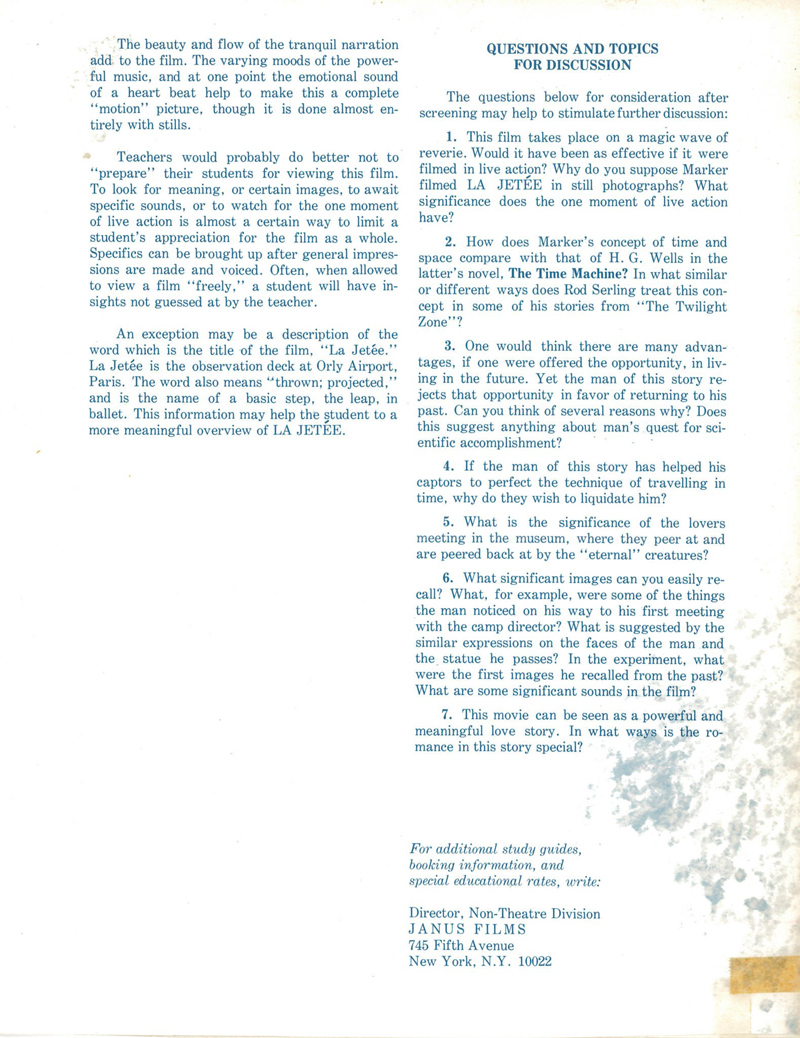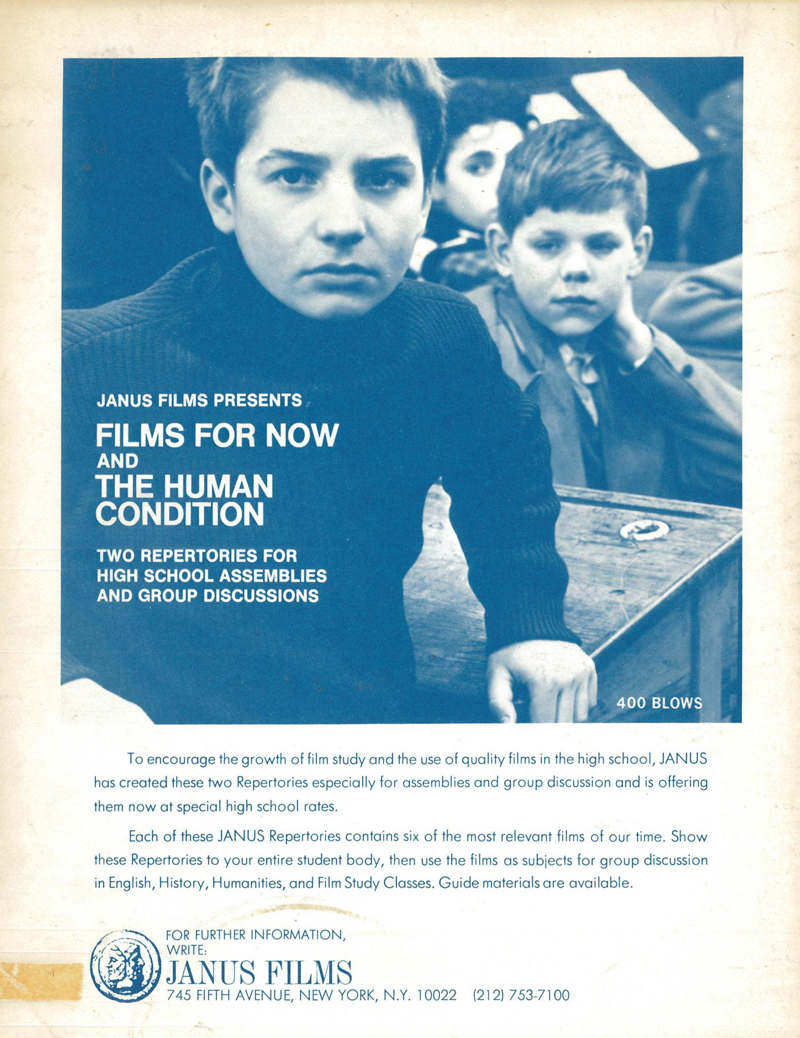The hats won’t stay on heads. The bowtie won’t be tied. The gun can’t shoot and the target can’t keep still. When objects themselves rebel, something terrible is upon the land, and anarchism will out. This is one of the takeaways from painter Hans Richter’s 1928 DADA short film Ghosts Before Breakfast, or Vormittagsspuk in its original German (literally “Morning Spook”). And you might take that a very different way than the audience in 1928. That is fine. This is Dada. It is a bomb thrown into the mind.
But actual events and problems surround the film and its aftermath. By the end of the 1920s Richter was nearly two decades into his abstract/cubist painting career, and at the beginning of the decade he had already been experimenting with the relatively new medium of film. His 1921 Rhythmus 21 was one of the first films to attempt to bring abstract ideas–shapes, light, rhythm– to the medium. Writing in a German periodical around 1926, he said “…cinema can fulfill certain promises made by the ancient arts, in the realization of which painting and film become close neighbors and work together.”
Ah, but could music and silent film work together? In 1927 he was asked by the Gessellschaft Fur Neu Musik in Berlin to work with composer Paul Hindemith on a piece to screen at their annual festival. Hindemith suggested something pleasant, something set in the countryside. Richter ran out of time and shot something in an improvisational style. But, you know, sometimes deadlines really bring out the best in people. If the legacy of Ghosts Before Breakfast is any indication, it did. It’s considered by many to be one of the best Dada films for pure invention and playfulness.
If Ghosts has any narrative it’s this: objects confound their human owners, while a clock relentlessly counts down the minutes to noon, a play on the German phrase “Es ist fünf vor zwölf,” literally “five minutes to 12” or “time in running out.” (There’s also a duck).
Richter throws it all in: there’s backwards film, negative film, cut-out and stop-motion animation, in-camera special effects. And as a throughline, one of the simplest effects: four, then three, then two ghostly bowler hats floating in the sky, just out of the reach of their owners.
And the artist called in his friends to help: Richter used Bauhaus student and sculptor Werner Graeff, Hindemith himself, composer Darius Milhaud and his cousin/wife Madeleine Milhaud, and film editor Willi Pferdekamp to populate the film.
Ghosts has a tragic afterlife: the Nazis burned the original film and the score Hindemith wrote for it. However that has left a flowering of music in its wake, as composers have tried to fill the gap: Ian Gardener, Jean Hasse, the band The Real Tuesday Weld, and others. Steve Roden composed four versions for a LACMA retrospective of Richter’s work, using various Dadaist tactics, including recording a Hindemith vinyl he had prepared with sandpaper.
All scores have resisted perfect synchronization, however. Indeed, in 1947 Richter himself spoke out against that desire:
We should find a way to let the sound and the picture move on its own in the same direction, but nevertheless, separately. This refers to the spoken word as well as to the musical and other sounds.
Nearly 100 years old, Ghosts Before Breakfast is still setting the table for us, ready with a strong brew of truth.
Related Content:
The First Masterpieces of Abstract Film: Hans Richter’s Rhythmus 21 (1921) & Viking Eggeling’s Symphonie Diagonale (1924)
Watch Dreams That Money Can Buy, a Surrealist Film by Man Ray, Marcel Duchamp, Alexander Calder, Fernand Léger & Hans Richter
Dada Was Born 100 Years Ago: Celebrate the Avant-Garde Movement Launched by Hugo Ball on July 14, 1916
Ted Mills is a freelance writer on the arts who currently hosts the Notes from the Shed podcast and is the producer of KCRW’s Curious Coast. You can also follow him on Twitter at @tedmills, and/or watch his films here.






